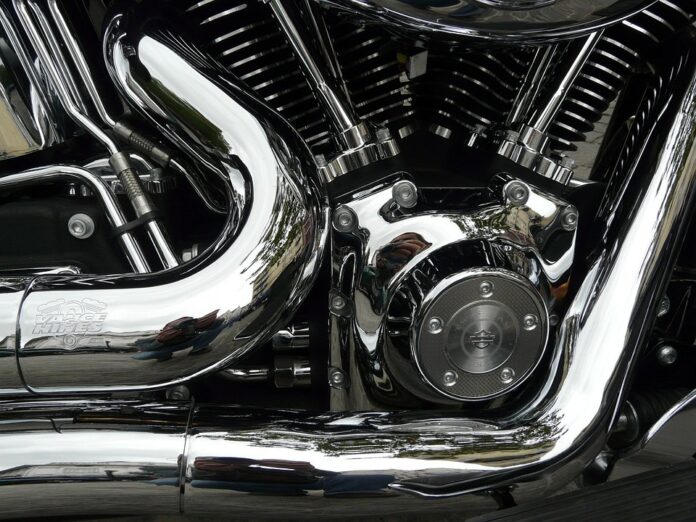Introduction
In industrial kitchens, the choice between bowl choppers and vertical choppers can have a significant impact on efficiency, productivity, and overall cost. Both types of equipment are essential for food processing in large-scale operations, but understanding the differences between them is crucial for making informed decisions. This report will compare bowl choppers and vertical choppers in terms of their functionality, benefits, drawbacks, cost considerations, and industry insights.
Functionality of Bowl Choppers
Overview
Bowl choppers are versatile machines used for cutting, mixing, and emulsifying food ingredients. They consist of a large bowl where ingredients are placed, and a set of rotating blades that chop and mix the contents. Bowl choppers are ideal for processing meat, vegetables, fruits, and other ingredients in bulk quantities.
Benefits
One of the main advantages of bowl choppers is their ability to process large volumes of ingredients quickly and efficiently. They are also versatile machines that can handle a wide range of food products. Bowl choppers are easy to operate and maintain, making them suitable for high-volume production environments.
Drawbacks
Despite their benefits, bowl choppers can be bulky and take up a significant amount of space in the kitchen. They also require regular cleaning and maintenance to ensure optimal performance. Additionally, bowl choppers may have limitations in terms of the size and consistency of ingredients they can process.
Functionality of Vertical Choppers
Overview
Vertical choppers, also known as food processors, are compact machines that are designed for chopping, grinding, and pureeing food ingredients. They consist of a vertical bowl with a set of blades attached to the bottom. Vertical choppers are commonly used for processing smaller quantities of ingredients or for more precise chopping tasks.
Benefits
One of the main advantages of vertical choppers is their compact size, which makes them ideal for kitchens with limited space. They are also versatile machines that can be used for a variety of food processing tasks, such as chopping, grinding, and pureeing. Vertical choppers are easy to use and clean, making them suitable for small-scale operations.
Drawbacks
Vertical choppers may have limitations in terms of the volume and types of ingredients they can process compared to bowl choppers. They may also be less efficient for processing large quantities of ingredients due to their smaller size. Additionally, vertical choppers may not be as durable or long-lasting as bowl choppers in high-volume production environments.
Cost Considerations
When comparing bowl choppers and vertical choppers, cost is an important factor to consider. Bowl choppers are typically more expensive than vertical choppers due to their larger size, capacity, and capabilities. However, the initial investment in a bowl chopper may be justified for kitchens that require high-volume processing of ingredients on a regular basis.
On the other hand, vertical choppers are more affordable and cost-effective for kitchens with lower production volumes or limited space. While vertical choppers may not have the same processing capacity as bowl choppers, they can still provide efficient and reliable performance for smaller-scale operations.
Industry Insights
In the food processing industry, both bowl choppers and vertical choppers play important roles in enhancing efficiency and productivity in industrial kitchens. Companies like Hobart, Robot Coupe, and Biro are well-known manufacturers of bowl choppers and vertical choppers, offering a wide range of models to suit different kitchen requirements.
According to industry data, the global market for food processing equipment is projected to reach $74.4 billion by 2026, driven by increasing demand for processed food products and technological advancements in food processing equipment. Bowl choppers and vertical choppers are expected to continue to be essential tools for food processing in industrial kitchens, contributing to the overall growth of the food processing industry.
In conclusion, the choice between bowl choppers and vertical choppers in industrial kitchens depends on factors such as production volume, space constraints, processing requirements, and budget considerations. Both types of equipment have their own set of benefits and drawbacks, and understanding their differences is essential for making informed decisions that align with the specific needs of the kitchen. By considering functionality, cost considerations, and industry insights, kitchen operators can select the right type of chopper that best suits their operational requirements and production goals.




